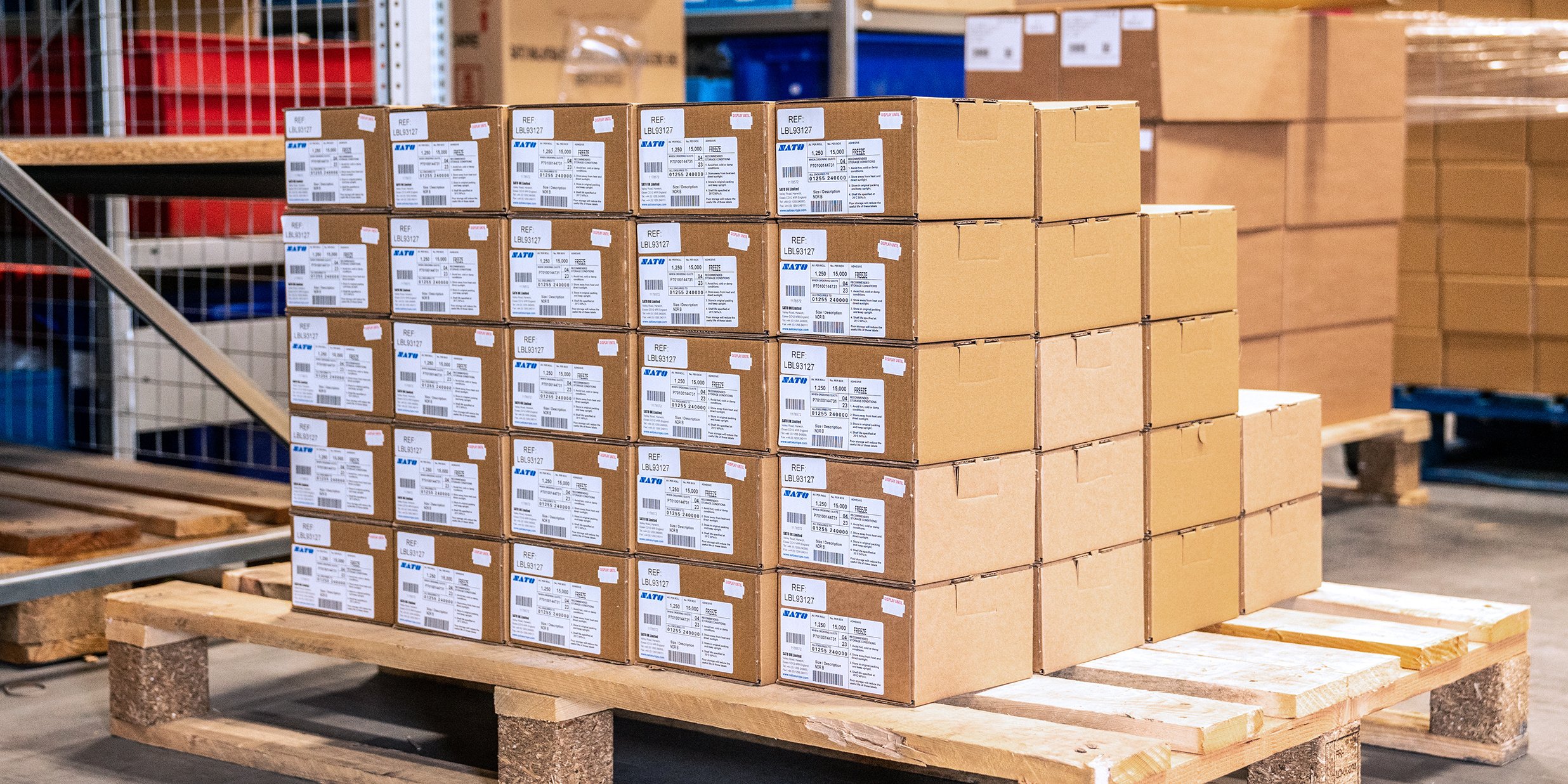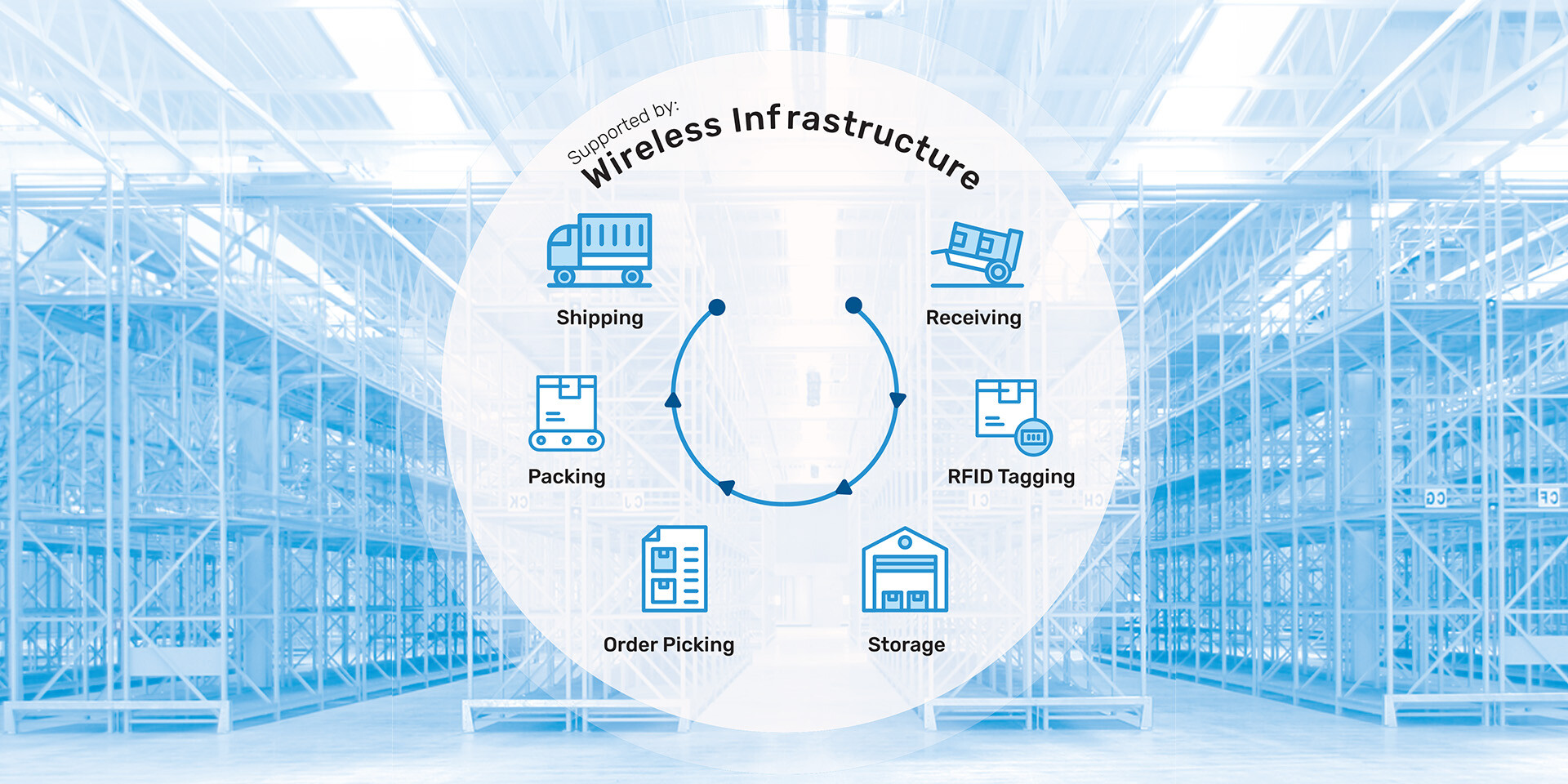In the fast-paced world of retail, particularly in the apparel sector, managing product returns efficiently is crucial for maintaining customer satisfaction and operational efficiency.
Introduction
With the rise of e-commerce, the challenge of handling returns has become even more pronounced. This case study explores how an apparel manufacturer leveraged RFID technology to tackle a high return rate, streamline operations, and enhance customer satisfaction.
Background: The Challenge of High Return Rates in Retail
Apparel fulfilment and return centres frequently grapple with challenges such as managing sudden surges in order volume, ensuring order accuracy to prevent customer complaints, and handling a high rate of product returns due to sizing, fit, or quality issues. These returns can be time-consuming and costly to process for resale.
To tackle these issues effectively, these centres often invest in automation, employ advanced inventory management systems, implement stringent quality control measures, optimise their supply chains, and adopt sustainable practices to meet evolving consumer expectations.
Online Shoppers1 2 3
Business Challenge: Addressing a 40% Return Rate in Apparel E-commerce
An apparel manufacturer faced a substantial challenge with a staggering 40% return rate for their products. This high rate of product returns, a common issue in the apparel industry, posed significant problems. The returns handling process for potential resale proved time-consuming and costly. Additionally, the manufacturer grappled with the complexities of maintaining precise inventory levels, particularly for rapidly changing fashion items. The risk of overstocking or understocking loomed large, potentially resulting in substantial financial losses.
The company also strongly desired to bolster its e-commerce business. They recognised the need for operational transformation and labour-saving measures to thrive in the digital retail ecosystem. It was essential to evolve their traditional retail stores into modern distribution centres capable of directly shipping products to customers' homes. Addressing these multifaceted issues was imperative to enhance competitiveness and overall operational efficiency.
Solution: Implementing RFID Technology to Streamline Returns and Inventory Management
SATO transformed the way the customer did business with a smart RFID solution. They introduced a high-tech conveyor belt system that scanned batches of RFID-tagged items upon arrival, eliminating the slow unpacking and manual checks. This innovation significantly sped up the process and improved accuracy. They also made data integration seamless, merging item-level information with carton barcodes, allowing for batch items to be identified, making the process smoother.
SATO also tackled inventory management by introducing a cart-mounted RFID reader, eliminating manual counts and saving time. Plus, there was no need for pricey RF interference shielding. Finally, SATO's RFID conveyor belt system for outgoing goods ensured orders were spot-on, reducing returns and complaints about missing or wrong items.
Results: Enhanced Efficiency and Reduced Return Rates
- Automated Receiving Inspection: The RFID system automated the inspection process, reducing the time and labour required for manual checks.
- Speed Up Stocktaking: Inventory counts became faster and more accurate, allowing for real-time inventory management.
- Improve Order Fulfilment Accuracy: Order fulfilment accuracy improved significantly, leading to a reduction in returns and customer complaints.
Conclusion: The Transformative Impact of RFID on ANZ Retail
SATO's implementation of RFID technology has revolutionised the apparel manufacturer's operations. By addressing the high return rate and improving inventory management and order accuracy, the company has enhanced its competitiveness in the e-commerce landscape. This case study highlights the transformative potential of RFID technology in the retail sector, offering valuable insights for other businesses facing similar challenges.
A study from the ECR Retail Loss Group in Europe found that, for the average e-commerce business, improving the rate of returns by only five percent can add more than two percent to the net profit of that company. For some companies, that will be the difference between carrying on and closing. 6
Mark Presnell
Convergence
Sources: 1 NZ Post 2023, 2024, 2 PwC NZ, 3 AUS Post 2024, 4 Australian Bureau of Statistics, 5 Stats NZ, 6 NZ Business,
FAQs
What is RFID technology, and how does it work in retail?
RFID (Radio Frequency Identification) uses electromagnetic fields to identify and track tags attached to objects automatically. In retail, it helps in inventory management, reduces manual labour, and improves order fulfilment accuracy.
How can RFID reduce product return rates?
RFID improves order accuracy by ensuring the correct items are shipped. This reduces the likelihood of returns due to incorrect or missing items and streamlines the returns process, making it more efficient.
What are the benefits of using RFID in inventory management?
RFID provides real-time inventory visibility, with the potential to elevate accuracy up to 99%. It reduces the time required for stocktaking by 95%, scanning approximately 18,000 items hourly, optimising retail operations for omnichannel growth and preventing overstocking or understocking.
How does RFID technology enhance customer satisfaction?
RFID technology reduces customer complaints and enhances the overall shopping experience by improving order accuracy and streamlining the returns process, leading to higher customer satisfaction.
What are the cost implications of implementing RFID in retail?
While the initial investment in RFID technology can be significant, the average ROI for SATO RFID solutions is one to one and a half years with long-term benefits including reduced labour costs, improved inventory management, and increased customer satisfaction, which ultimately leads to higher profitability.







Comments